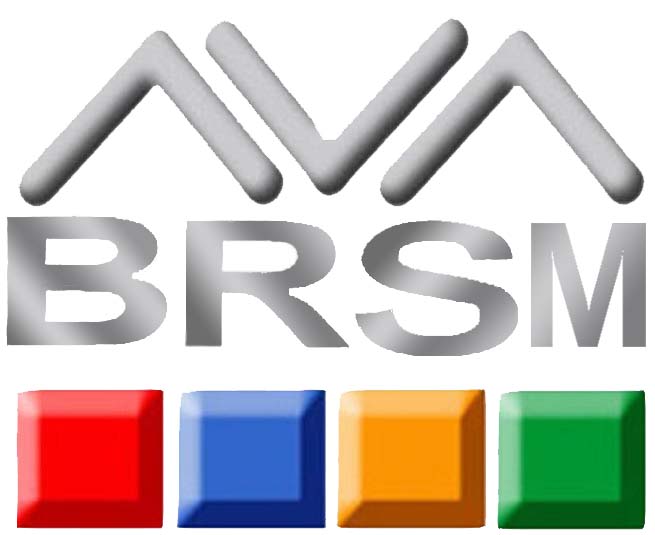BRSM has been established in February 2015 to provide certification services in management standards such as ISO 9001, ISO 13485, ISO 22000, ISO 45001 , ISO 14001 , ISO 3834 and ISO 50001 as well as other managing systems standards in the middle east, Europe and north africa and prospective markets such as oceania, asia and america. Clients who seek certification in above mentioned standards fill out the application form, and submit the form to BRSM, then the technical team of BRSM reviews the application form and if within our scope of activities we will provide a quote to client and if accepted by client the process of certification which includes documents review and on site assessment starts, the certification process has been explained in “Certification Process” section of this website, for more details please refer to Certification Process
According to ISO.ORG definition, The ISO 9000 family addresses various aspects of quality management and contains some of ISO’s best known standards. The standards provide guidance and tools for companies and organizations who want to ensure that their products and services consistently meet customer’s requirements, and that quality is consistently improved.
ISO 9001 sets out the criteria for a quality management system and is the only standard in the family that can be certified to (although this is not a requirement). It can be used by any organization, large or small, regardless of its field of activity. In fact ISO 9001 is implemented by over one million companies and organizations in over 170 countries.
ISO 9001 standard is based on a number of quality management principles including a strong customer focus, the motivation and implication of top management, the process approach and continual improvement. These principles are explained in 8 Principles
Customer focus Principle Benefit: Increased revenue and market share obtained through flexible and fast responses to market opportunities Increased effectiveness in the use of the organization’s resources to enhance customer satisfaction Improved customer loyalty leading to repeat business
Leadership Principle Benefit: People will understand and be motivated towards the organization’s goals and objectives, Activities are evaluated, aligned and implemented in a unified way, Miscommunication between levels of an organization will be minimized.
Involvement of people Principle, benefits: Motivated, committed and involved people within the organization, Innovation and creativity in furthering the organization’s objectives, People being accountable for their own performance, People eager to participate in and contribute to continual improvement.
Process approach Principle, Benefits: Lower costs and shorter cycle times through effective use of resources, improved, consistent and predictable results, Focused and prioritized improvement opportunities
System approach to management Principle Benefits: Integration and alignment of the processes that will best achieve the desired results, Ability to focus effort on the key processes, providing confidence to interested parties as to the consistency, effectiveness and efficiency of the organization.
Continual improvement Principle, Benefits: Performance advantage through improved organizational capabilities, Alignment of improvement activities at all levels to an organization’s strategic intent, Flexibility to react quickly to opportunities.
Factual approach to decision making Principle, Benefit Informed decisions, an increased ability to demonstrate the effectiveness of past decisions through reference to factual records, increased ability to review, challenge and change opinions and decisions.
Mutually beneficial supplier relationships, Benefits; Increased ability to create value for both parties , Flexibility and speed of joint responses to changing market or customer needs and expectations , Optimization of costs and resources.
Using ISO 9001 helps ensure that customers get consistent, good quality products and services, which in turn brings many business benefits.
Effective management systems reveal that companies have paid attention to optimize their operations and prove commitment to quality
ISO 14001 specifies requirements for an environmental management system to enable an organization to develop and implement a policy and objectives which take into account legal requirements and other requirements to which the organization subscribes, and information about significant environmental aspects. It applies to those environmental aspects that the organization identifies as those which it can control and those which it can influence. It does not itself state specific environmental performance criteria
ISO 14001 is applicable to any organization that wishes to establish, implement, maintain and improve an environmental management system, to assure itself of conformity with its stated environmental policy, and to demonstrate conformity with ISO 14001 by making a self-determination and self-declaration, or seeking confirmation of its conformance by parties having an interest in the organization, such as customers, or seeking confirmation of its self-declaration by a party external to the organization, or seeking certification/registration of its environmental management system by an external organization.
ISO 13485 specifies requirements for a quality management system where an organization needs to demonstrate its ability to provide medical devices and related services that consistently meet customer requirements and regulatory requirements applicable to medical devices and related services.
The primary objective of ISO 13485 is to facilitate harmonized medical device regulatory requirements for quality management systems. As a result, it includes some particular requirements for medical devices and excludes some of the requirements of ISO 9001 that are not appropriate as regulatory requirements.
